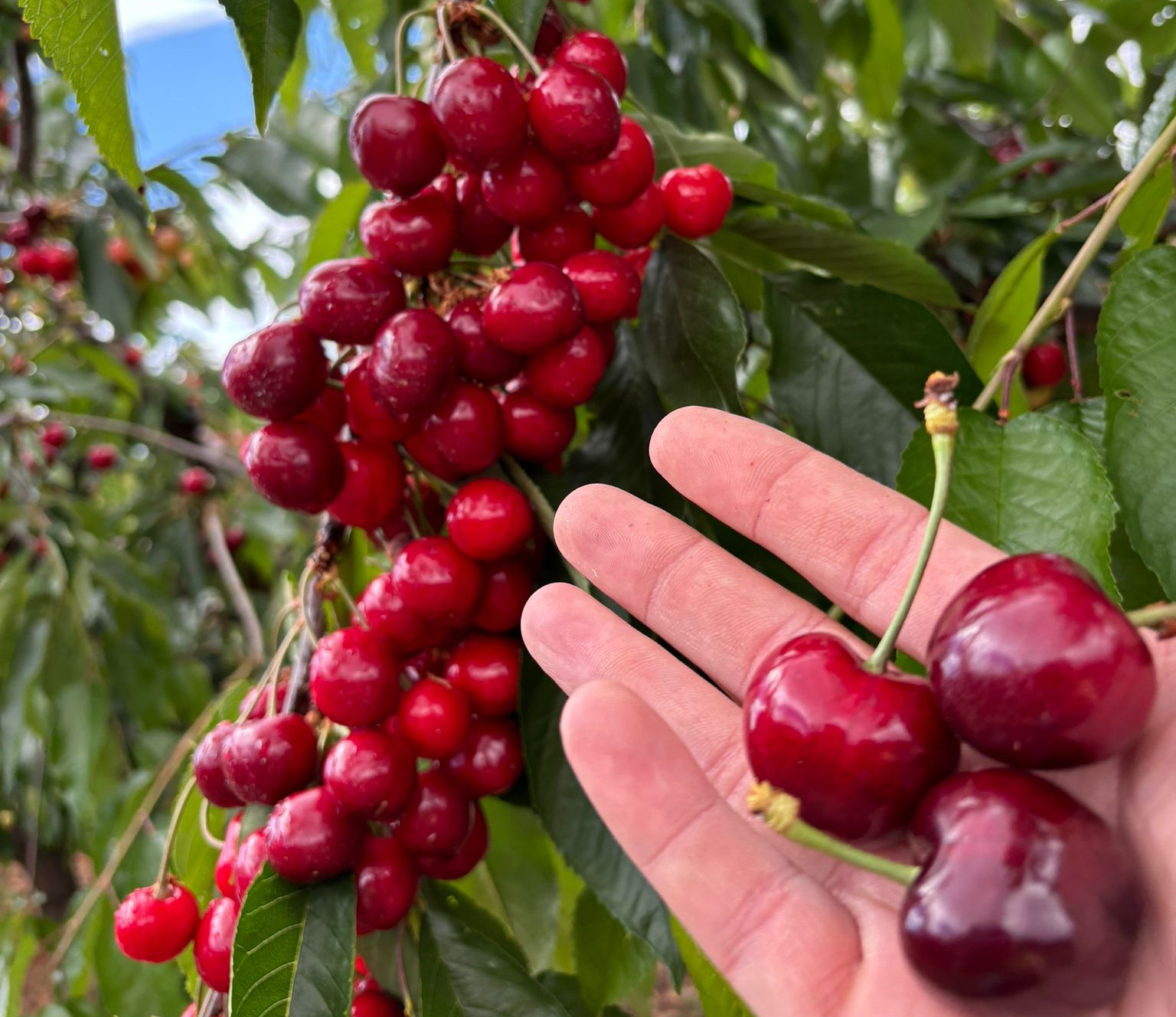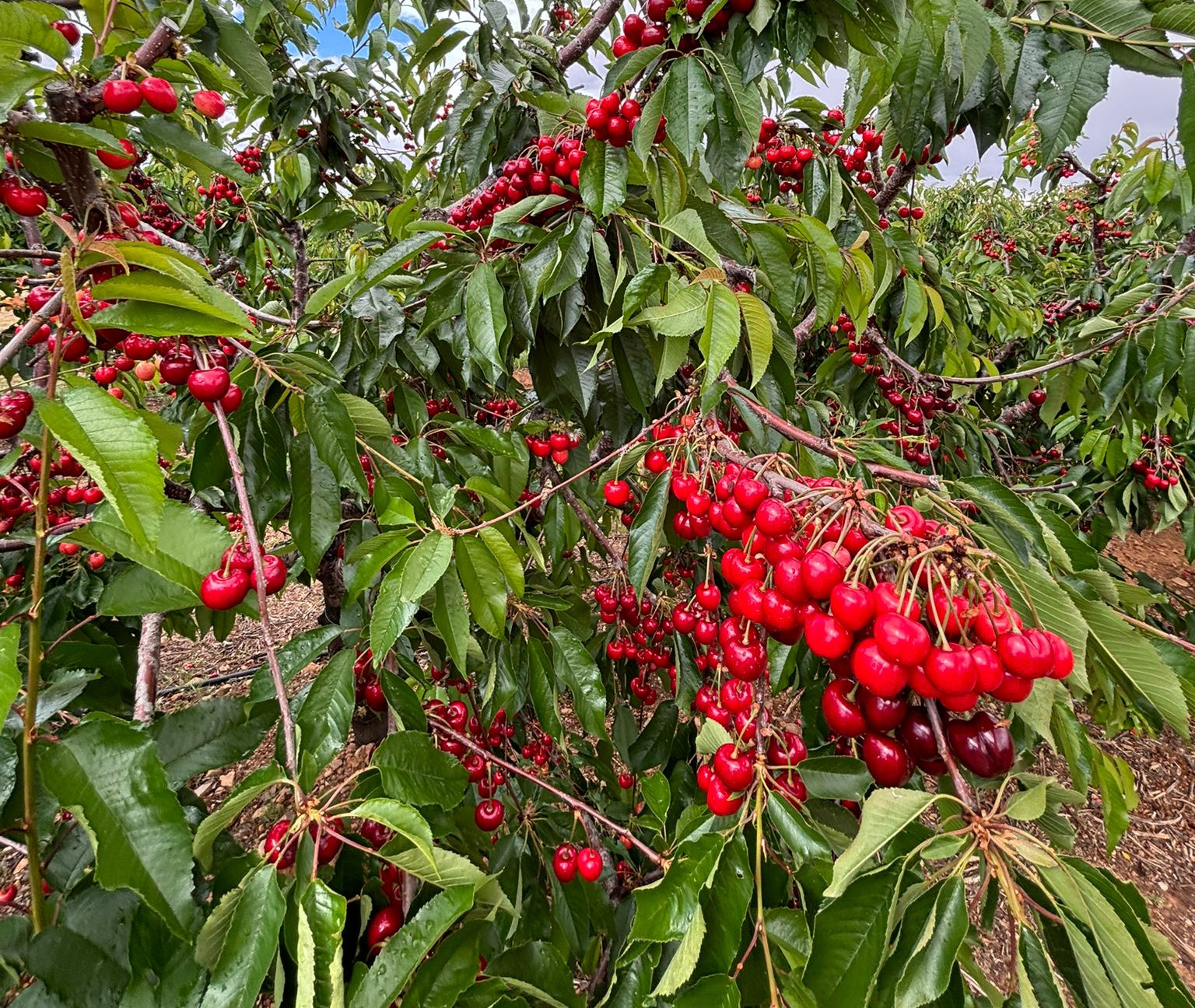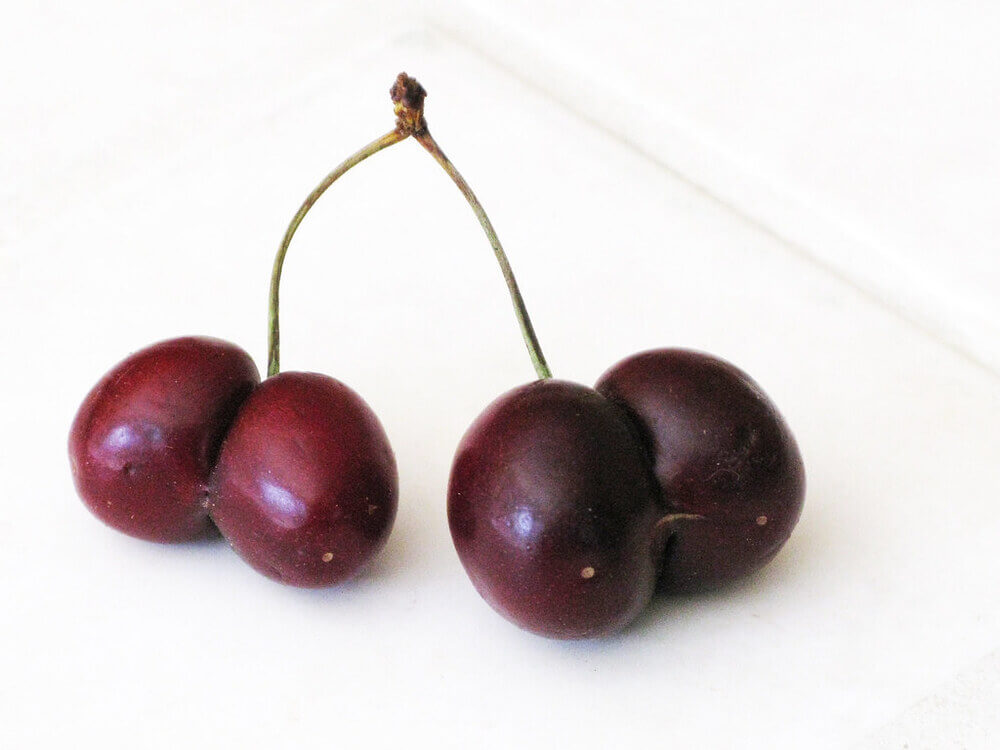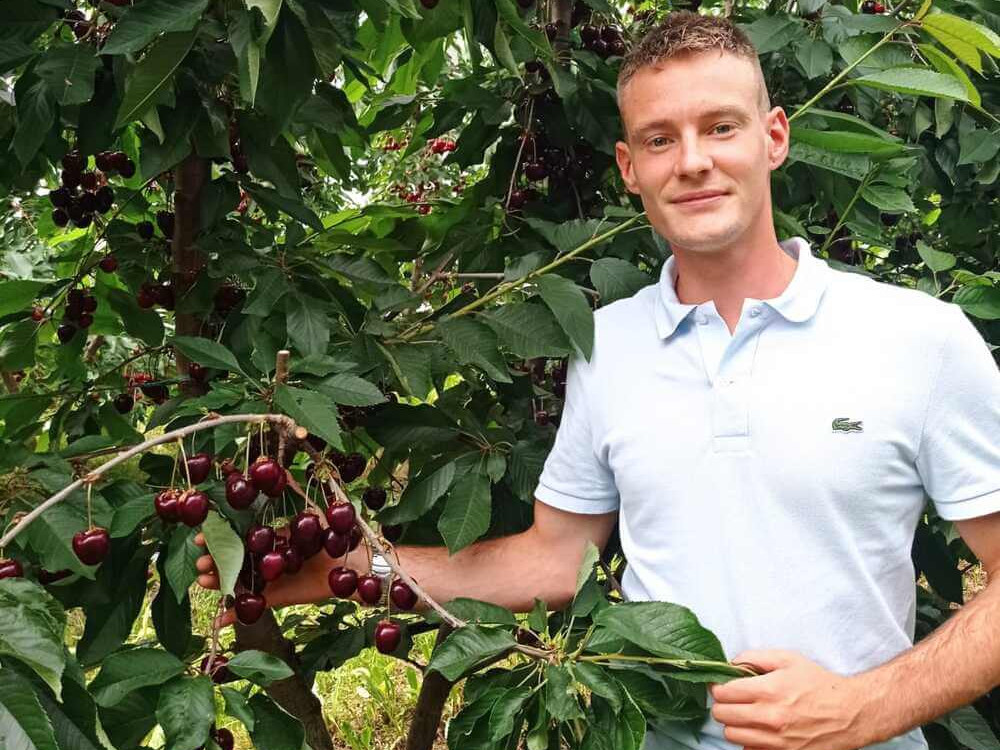The new cherry variety in Europe from International Plant Selection (FR), originating from a selection by the famous Zaiger Genetics (US), and currently promoted by Viveros Mariano Soria (ES), is the result of years of observation and comparison of its characteristics over a decade.
Since 2012 it has started to attract a lot of attention in test fields, and we soon communicated our good impressions to IPS regarding its good qualities in terms of hardness (80 Durofel), which remains even with a dark color (5-6 CTIFL) and a sugar content above 20 °brix.

These characteristics, combined with a rounded shape, slightly reniform, without suture defects, and a productive potential that is very evident year after year even on very young branches, despite not being a self-fertile variety (alleles S3-S9), make us think and believe that in the medium-term future it could be an optimal variety not only for the European market.
Furthermore, observing the great importance of post-harvest for productions like those of Chile aimed at export, with processing times up to 25-30 days, the hardness and homogeneity of Royal Apache make us believe in the possibility that it could also work for this country.
It is also worth noting the excellent behavior it has shown so far against cracking, as in this same season it experienced rains during the veraison and in the days leading up to the harvest, showing a very low number of fruits with cracks (+/- 3%).
In short, in my personal opinion, Royal Apache is a very promising cherry to be harvested with dark coloration, hard, sweet, without shape defects, and homogeneous in caliber (28mm) on the same date as Pacific Red.

There is still much to learn about some aspects, such as the behavior with respect to sorting machine processes, but I believe it is important to highlight that the interest in Royal Apache is due to the quality of the fruit and the productive potential of the variety, since, on the same date, a great variety like Royal Hermione, or the self-fertile and already known Pacific Red, already existed in the breeder's catalog.
Luis Elías Soria Urgel
Viveros Mariano Soria
Cherry Times - All rights reserved














